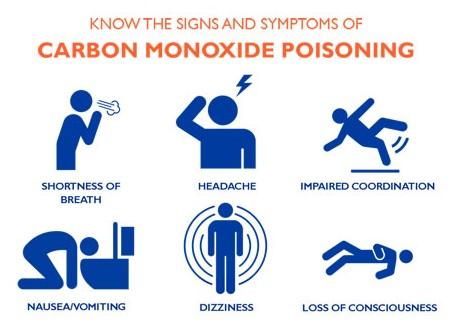

This explains why a contaminated gas that is not toxic at the surface may be at depth. As a diver descends and ambient pressure increases, the amount of gaseous contaminants breathed also increases. Other useful strategies for reducing the risk of gas contamination include keeping records of air fills and maintenance, ensuring operator qualifications are up to date, using proper oil and filters, and maintaining a clean and organised tank-filling room.Īir-quality testing. If the operator notes any chemical or oily odors after filling has started, he should shut down the compressor immediately.

Before starting to fill tanks, the operator should inspect the compressor's filters for damage and note the presence of contaminants such as cigarette smoke, paint fumes or engine exhaust near the intake. A fill checklist can help ensure safety procedures are remembered when cylinders are filled. If maintenance is neglected and the compressor overheats, the lubricating oil may break down and produce CO and other noxious byproducts.Įffective procedures. Breathing-gas contamination is less likely in well-maintained and properly functioning compressors. Proper compressor maintenance helps ensure breathing-gas quality as well as extends the life of the compressor. The only way to determine the correct filter run-time is through regular air quality testing.Compressor operators can help prevent gas contamination and mitigate the risk of dive accidents in several ways.Īttentive compressor maintenance. In both cases, the filter will eventually become saturated with moisture and the ability to remove carbon monoxide, residual oil, moisture and odor significantly reduced. Where a high-pressure refrigerant dryer is installed before the filter, the run-hours can be substantially increased.
SCUBA DIVING CARBON MONOXIDE SYMPTOMS PORTABLE
Portable carbon monoxide analysers and devices that sample scuba cylinder are available. When in doubt, the dive operator should be approached for their latest air quality test certificate, compressor maintenance logbook or filter replacement schedule. Any air that has an odor, whether oily, acrid, sweet or of an unknown scent, is not acceptable as breathing air. The acceptable limit for odor in breathing air is ‘none’. Carbon monoxide contamination does also lead to some of these symptoms. The symptoms of headaches, nausea and vomiting can be ascribed to breathing high levels of oil mist. Accumulation in the lungs can also cause respiratory issues. However, they can cause ill-effects when inhaled and ingested. Most breathing air compressors run on synthetic oil, which in small doses should not be dangerously toxic. This would explain the lack of odor on the surface. The actual quantities of all contaminants increase with depth explained as increased partial pressure for gas contaminants, or greater mass per breath for liquids. The limits for oil and odor are clearly stated and compliance with these would ensure that oil would not affect divers or accumulate in the cylinders. In the US, the required standard is referred to as CGA Grade E - specifically set for scuba breathing air applications.

Manufacturers provide strict run-hour requirements 1 to help ensure that the air will meet the required air quality standards. Commentīreathing air filtration units can lose their ability to effectively remove contaminants. Two of the affected divers who reported this incident had their cylinders serviced at their local dive shop immediately afterwards oil was visibly present inside at least one of the cylinders. While the dive master indicated that the cause was likely a ‘clogged’ breathing air filter, the diver boat operator denied that this was possible. When back on board, several complained of headaches, nausea, and in some cases they vomited overboard. Some of the divers then terminated their dive prematurely due to the unpleasant experience. However, as they descended, they noticed an oily taste in their mouths getting worse with depth. While on the surface prior to the third dive, there was no distinct taste or smell in their breathing air. The divers all appeared to be using their own cylinders and the onboard compressor was used to refill these between divers. A group of some 22 divers were on a boat-diving day-trip off Catalina Island over the Labor Day weekend.


 0 kommentar(er)
0 kommentar(er)
